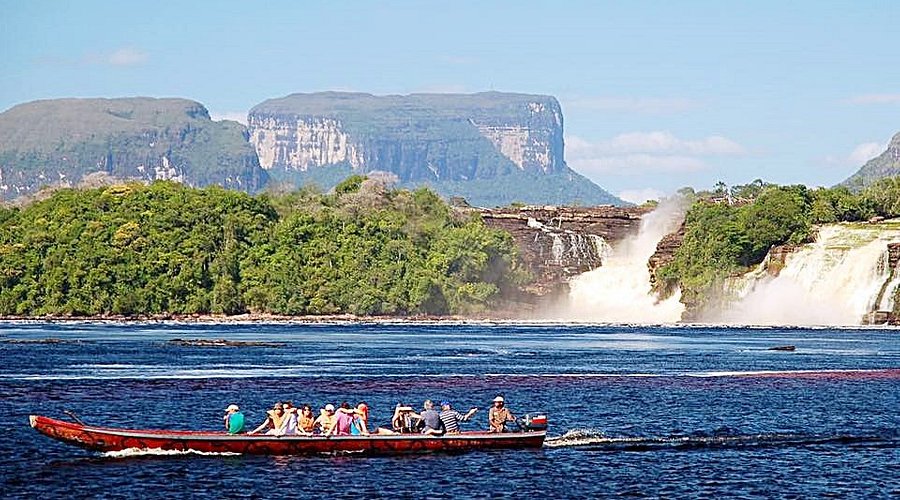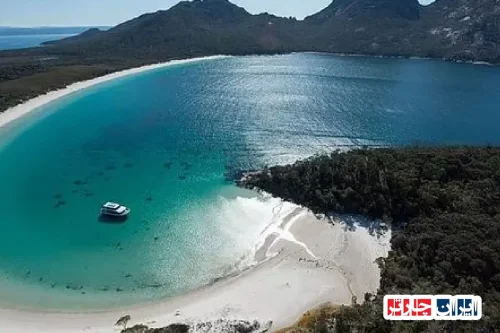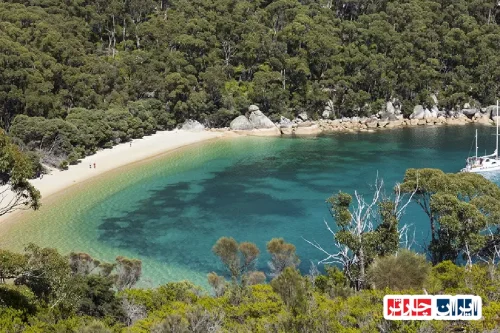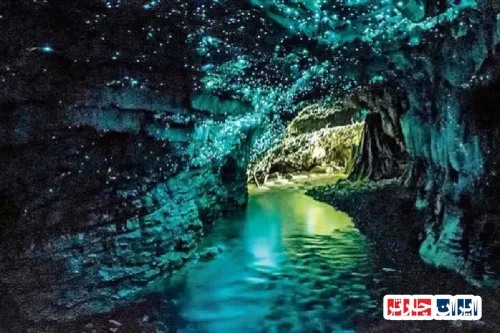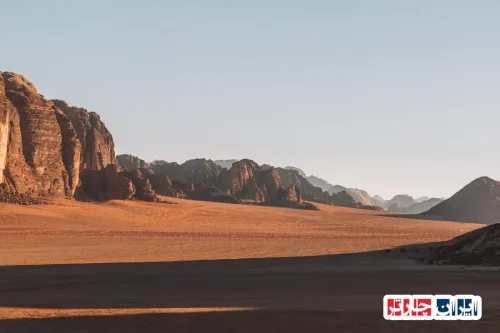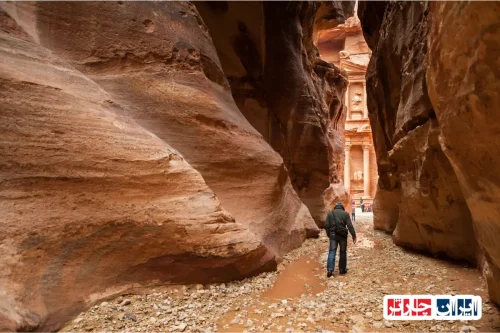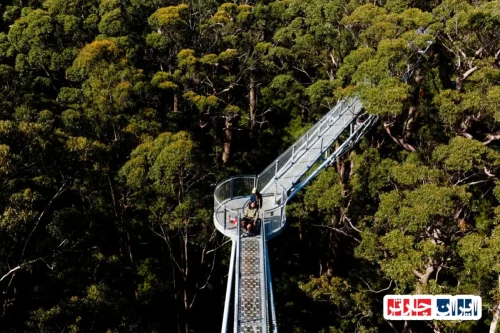Discover the Majestic Angel Falls in Canaima National Park, Venezuela
Angel Falls in Canaima National Park, Venezuela, stands as the world’s highest uninterrupted waterfall, plunging from a height of over 979 meters amidst the lush, untouched rainforests of the region. This natural wonder is not only a symbol of Venezuela’s breathtaking landscapes but also a UNESCO World Heritage site that attracts adventurers and nature lovers from around the globe. Visiting Angel Falls offers an unforgettable experience, where travelers can marvel at the awe-inspiring cascade, explore the vibrant biodiversity of the surrounding jungle, and immerse themselves in the rich cultural heritage of the area. The journey to this spectacular waterfall involves thrilling flights over dense canopies and river expeditions through pristine waterways, making every moment a memorable adventure. The unique geological formations of the Tepui mountains, on which the falls are perched, add to the mystique and grandeur of this natural marvel, offering countless opportunities for exploration and discovery. Whether you’re seeking a serene escape or an adrenaline-pumping expedition, Angel Falls in Canaima National Park, Venezuela, promises an extraordinary encounter with nature’s most impressive creations. For more information about this incredible destination, visit Angel Falls-Iran Charter, your gateway to unforgettable journeys in Venezuela and beyond, brought to you by ایران چارتر.

Discover the Magnificence of Angel Falls in Canaima National Park, Venezuela
Angel Falls, located within the breathtaking Canaima National Park in Venezuela, stands as the world’s tallest uninterrupted waterfall, plunging over 979 meters from the Auyán-Tepui mountain. This natural wonder attracts travelers from around the globe who seek awe-inspiring scenery and adventure. The majestic cascade, surrounded by lush rainforests and towering tepuis, offers a unique experience that combines raw natural beauty with thrilling exploration. Visitors often describe it as a once-in-a-lifetime sight that embodies the power and serenity of untouched nature.
The Unique Geology and Formation of Angel Falls in Canaima National Park
The formation of Angel Falls is a result of millions of years of geological processes involving tectonic shifts and erosion. The towering tepui cliffs, especially Auyán-Tepui, serve as the dramatic backdrop for this spectacular waterfall. These flat-topped mountains, characteristic of the Gran Sabana region, create a distinctive landscape that is both mysterious and mesmerizing. The vertical cliffs channel the water from the mountain’s plateau, resulting in the spectacular drop that makes Angel Falls a geological marvel and a UNESCO World Heritage Site.
How to Reach Angel Falls: Exciting Journeys Through the Heart of the Jungle
Getting to Angel Falls involves a combination of flights and river expeditions, offering an adventurous route to this natural wonder. Most travelers start with a small plane flight from Caracas or Ciudad Bolívar to the region, followed by a boat trip along the Orinoco River. The journey through dense rainforest and remote waterways provides a chance to observe diverse wildlife and pristine ecosystems. This expedition not only leads to the waterfall but also immerses visitors in the vibrant biodiversity of Canaima National Park, making the trip an unforgettable adventure.
The History and Global Recognition of Angel Falls in Canaima National Park
Discovered in the early 20th century by American aviator Jimmie Angel, the falls gained international fame after his exploratory flights. Named after him, Angel Falls quickly became a symbol of natural grandeur and an icon of Venezuela’s rich landscapes. Its record height and stunning scenery have earned it a place on the UNESCO World Heritage List, drawing thousands of tourists annually. The waterfall’s fame has also inspired countless stories, documentaries, and artworks celebrating its majestic presence and significance in global natural heritage.
Wildlife and Ecosystems Surrounding Angel Falls in Canaima National Park
The region around Angel Falls is a sanctuary for diverse flora and fauna, many of which are endemic or rare. The lush rainforests host species such as jaguars, giant otters, and colorful toucans, while the riverbanks are home to various freshwater fish and amphibians. The unique tepui ecosystems support specialized plant life, including carnivorous plants and orchids. This biodiversity underscores the importance of conservation efforts in Canaima National Park, ensuring the preservation of this ecological treasure for future generations.
Why Angel Falls in Canaima National Park is a UNESCO World Heritage Site
Angel Falls’s exceptional height, dramatic landscape, and ecological significance have earned it UNESCO World Heritage status. The site exemplifies the geological and biological diversity of the Gran Sabana region, showcasing the power of natural forces over millions of years. Its status highlights the global importance of protecting such pristine environments, which serve as natural laboratories for scientific research and sources of inspiration. The designation also emphasizes the need for sustainable tourism practices to preserve its beauty and ecological integrity.
Best Times to Visit Angel Falls and Tips for an Unforgettable Trip
The ideal time to visit Angel Falls is during the dry season, from December to April, when weather conditions are more favorable for travel and photography. During this period, the water flow is still impressive, and the skies are clearer. Travelers should prepare for humid conditions, pack appropriate gear, and consider guided tours for safety and local insights. Respect for the environment and adherence to park regulations are essential to ensure the preservation of this natural wonder while enjoying a memorable adventure.
Conservation Challenges and Future of Angel Falls in Canaima National Park
Despite its protected status, Angel Falls faces threats from illegal mining, deforestation, and unregulated tourism. Conservation initiatives focus on monitoring ecological health, regulating visitor numbers, and promoting eco-friendly practices. Community involvement and international cooperation are vital for sustainable management. Protecting Angel Falls ensures that future generations can continue to marvel at its grandeur and that the surrounding ecosystems remain vibrant and healthy. Ongoing efforts aim to balance tourism development with ecological preservation, securing the site’s legacy for centuries to come.
Adventure Activities and Cultural Significance of Angel Falls in Canaima National Park
Beyond sightseeing, visitors can engage in activities like kayaking, hiking, and canopy tours that bring them closer to nature’s raw power. Exploring the tepuis and surrounding rainforests offers a sense of adventure and discovery. The local indigenous communities hold deep cultural ties to the land and waterfalls, with legends and traditions that celebrate the natural landscape. Experiencing these cultural stories enriches the visit, fostering respect and awareness of the region’s heritage. Angel Falls is not only a natural masterpiece but also a symbol of cultural identity and resilience in Venezuela.
Frequently Asked Questions about Angel Falls in Canaima National Park
- What is Angel Falls?
- Angel Falls is the world’s tallest uninterrupted waterfall, located in Canaima National Park, Venezuela. It plunges over 979 meters from the Auyán-Tepui mountain, creating a breathtaking natural spectacle that attracts visitors worldwide.
- Where is Angel Falls situated?
- Angel Falls is situated within Canaima National Park in southeastern Venezuela, surrounded by lush rainforests and towering tepuis, making it a unique geological and ecological site.
- How can I reach Angel Falls?
- Reaching Angel Falls typically involves a flight from major cities like Caracas or Ciudad Bolívar to the region, followed by a boat trip along the Orinoco River through dense rainforest, culminating in a hike or helicopter ride to the waterfall.
- What is the best time to visit Angel Falls?
- The ideal period to visit is during the dry season, from December to April, when weather conditions are more favorable, and water flow remains impressive for sightseeing and photography.
- Who discovered Angel Falls?
- Angel Falls was discovered in the early 20th century by American aviator Jimmie Angel, after whom the falls are named. His explorations brought international recognition to this natural wonder.
- What kind of wildlife can be seen around Angel Falls?
- The surrounding rainforest hosts diverse species such as jaguars, toucans, giant otters, and various amphibians. The tepui ecosystems support unique plant life, including orchids and carnivorous plants.
- Why is Angel Falls a UNESCO World Heritage Site?
- Its exceptional height, unique geological formation, and ecological significance have earned it UNESCO status, emphasizing the importance of conserving this pristine environment for future generations.
- What activities can visitors do at Angel Falls?
- Visitors can enjoy boat trips, hiking, helicopter tours, and exploring the surrounding rainforests and tepuis. Cultural experiences with indigenous communities also enrich the visit.
- Are there any conservation challenges facing Angel Falls?
- Yes, threats include illegal mining, deforestation, and unregulated tourism. Conservation efforts focus on sustainable practices, ecological monitoring, and community involvement to protect this natural treasure.
- What should I pack for a trip to Angel Falls?
- It is advisable to pack lightweight, waterproof clothing, sturdy hiking shoes, insect repellent, sun protection, and camera gear. Also, bring essentials for humid conditions and remote travel.
- Is it safe to visit Angel Falls?
- With guided tours and proper safety measures, visiting Angel Falls is safe. It is important to follow local guidelines, respect the environment, and travel with experienced operators.
- How long does it take to visit Angel Falls?
- The entire trip, including flights, river journeys, and excursions, can take from 2 to 4 days depending on the itinerary and travel arrangements.
- Can I visit Angel Falls independently?
- Most visitors opt for organized tours due to the remote location and logistical complexity. Independent travel is challenging and requires careful planning and permits.
- What is the cultural significance of Angel Falls?
- Angel Falls holds deep cultural importance for indigenous communities, who have legends and traditions linked to the waterfall and surrounding tepuis, symbolizing resilience and spiritual connection.
- Are there any accommodations near Angel Falls?
- While there are limited accommodations within the park, visitors can stay in nearby towns like Canaima or Ciudad Bolívar, or opt for eco-lodges and campsites closer to the park entrance.
